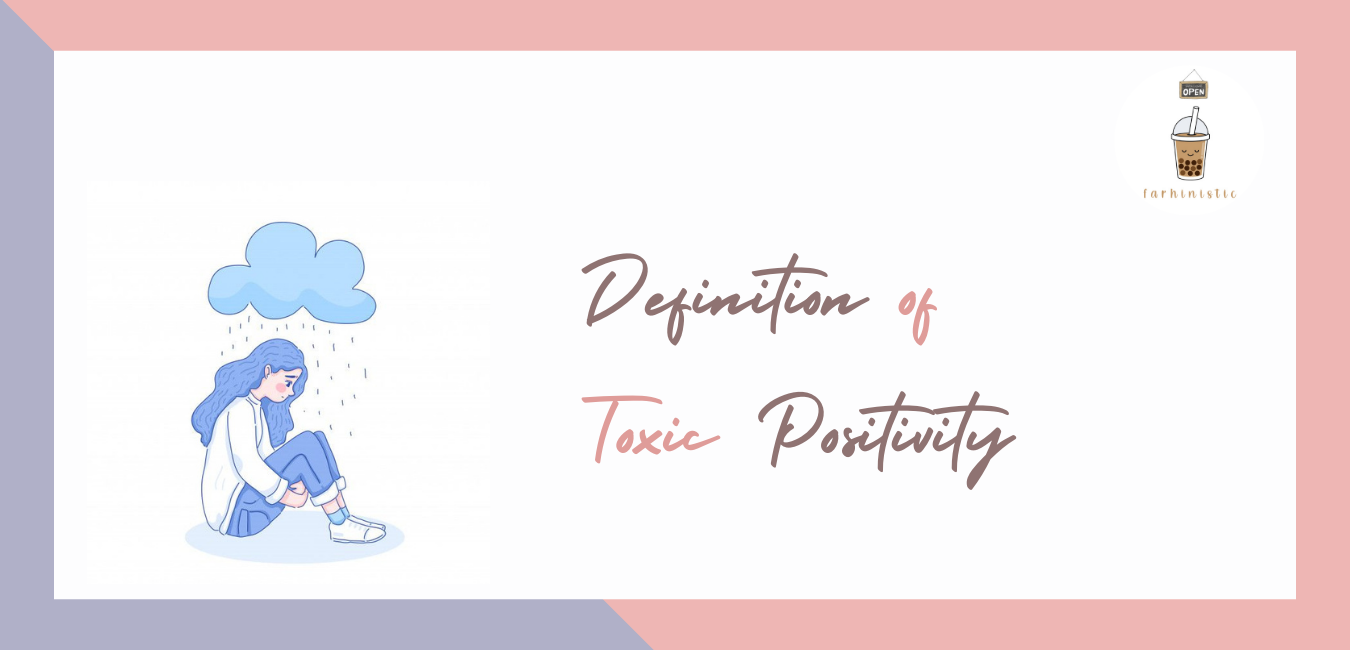
Difference between Helpful & Toxic Positivity
There is no denying that positivity can be forceful. Sometimes we try to force ourselves to be positive when we feel the exact opposite or we encourage a friend to be positive when they feel down. We are all guilty of it. Toxic positivity is everywhere.
For an example :- Suppose, Now I am struggling with anxiety and negative thoughts, but at the same time I am telling myself to stay in positive vibes only. That’s truly bad for our mental health. We can’t stop thinking suddenly, right? Being depressed, being sad is a part of our life & it is also part of our emotions. And honestly, when people are seeking help and support, they’re usually not looking for positivity. More often, They are looking for validation that their negative feelings are totally fine.
But wait, sometimes we get confused which situations are toxic and which are not. That’s why I have tried to differentiate between Toxic and Helpful Positivity.
| Toxic Positivity | Helpful Positivity |
| “Being negative won’t help you.” | “It is important to let it out. Is there anything I can do to make this easier for you?” |
| “Good vibes only!” | “All vibes are welcome.” |
| “Keep smiling, crying won’t help.” | “It’s ok to cry, we all do.” |
| “Think happy thoughts!” | “It’s probably pretty hard to be positive right now. I am putting out good energy into the world for you. “ |
| “You’ll get over it.” | “You are so resilient and your strength will get you through it.” |
| “Enjoy every minute.” | “There are going to be parts of parenting that you hate, love, and just try to get through.” |
| “Sadness is nothing.” | “Sadness is a part of emotion.” |
Difference between Toxic positivity & Helpful

The hard-to-face truth is, supporting people isn’t about being “positive.” In fact, when you force positivity down someone’s throat, it can actually have the opposite effect. “Toxic positivity” can make people feel unsafe expressing their negativity, and negativity thrives in isolation. It can make people think there’s something wrong with them for not simply “choosing” happiness, and shame is negativity enabling best friends.
When we’re supporting someone who’s hurting, we need to leave room for positivity to grow. And you don’t yell at a flower to “just” grow — you water it. In this case, you water it with listening, with validation, and with unconditional support. It’s OK to experience negative emotions, and with support, we can help people who are stuck in negativity find their own way out. Simply telling them to “be positive” doesn’t cut it.
I hope that you can understand the basic differences between toxic positivity and helpful positivity. Don’t forget to love yourself. Happy reading! 🙂


